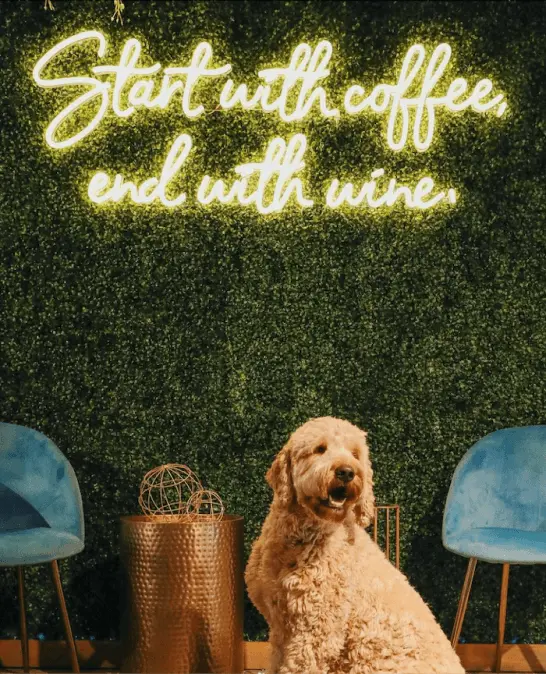The Rise of LED Neon Sign
LED technology has changed a lot over the past few decades. It is now a key part of modern art and design. One exciting innovation is flexible LED neon. This material combines the bright look of traditional neon with the benefits of LED technology. Flexible LED neon allows designers and businesses to create many different light designs, making it a popular choice in various fields.
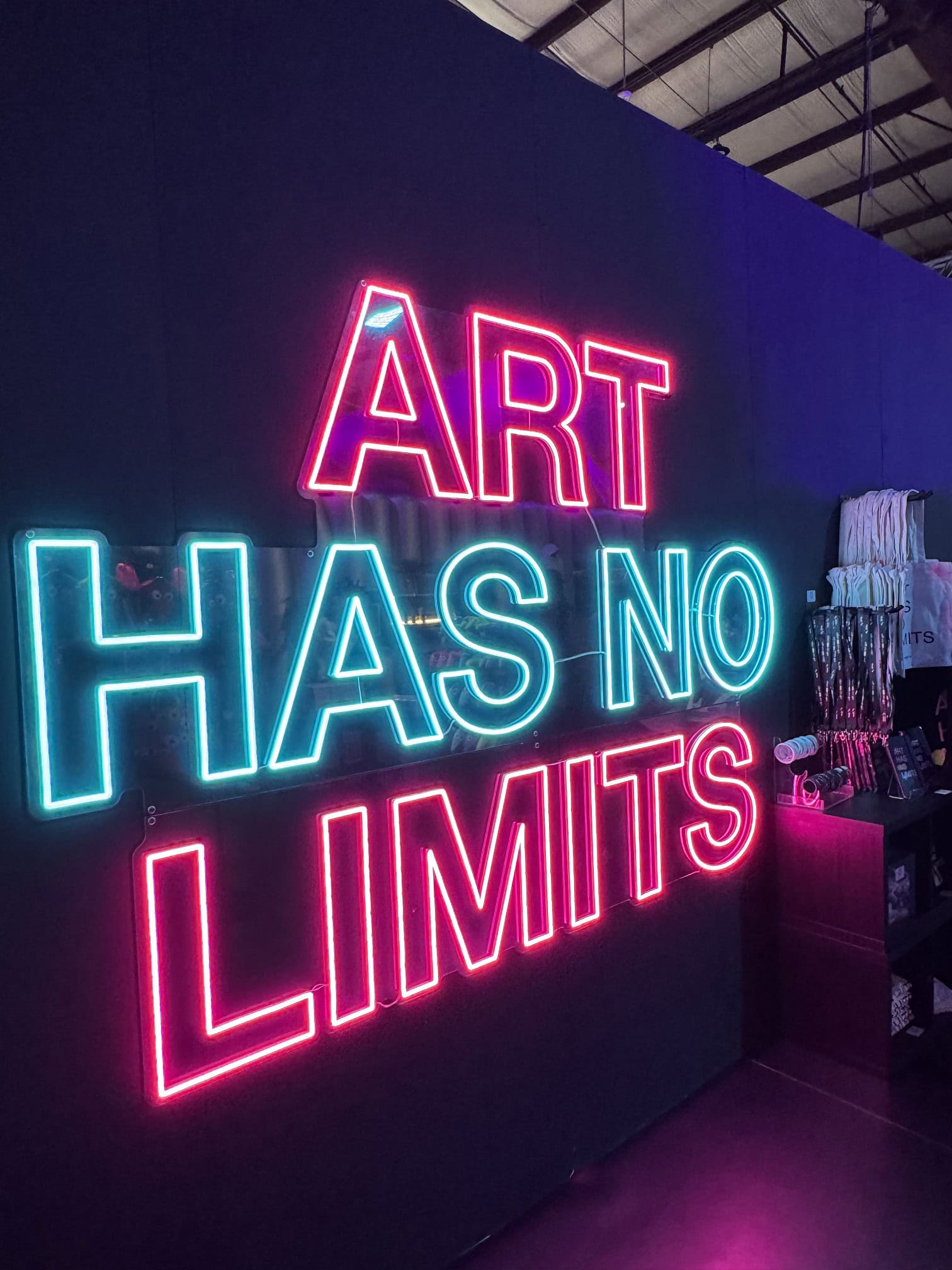
Historical Context of LED Art Development
LED art began to grow in the second half of the 20th century. It built on the earlier development of light art, which started in the early 1900s with classic neon signs. The first artists began using diodes in their work during the 1960s and 1970s. However, it wasn’t until the late 20th and early 21st centuries that LEDs became affordable and widely used in art. The launch of flexible LED neon in the early 2000s marked a big change. It quickly became popular as a cheaper and easier-to-install alternative to traditional glass neon.
Modern Commercial and Design Solutions
Today, flexible LED neon is used in many areas of design and commercial applications. It is popular in commercial design, interior and exterior decoration, signs, logos, and decorative lighting. This material is favored for its beauty, cost-effectiveness, and flexibility. Designers can create complex shapes and adapt the neon to different ideas, making it a versatile tool for both artistic and commercial purposes.
In retail environments, flexible LED neon creates eye-catching displays that attract customers. Stores use it for window displays, promotional signs, and interior decor. The bright colors and dynamic shapes of LED neon can draw attention and create a memorable shopping experience. For example, a clothing store may use LED neon to highlight a sale or a new collection, ensuring that shoppers notice it as they walk by. Similarly, in the hospitality industry, restaurants and bars use flexible LED neon to enhance their ambiance. It helps create unique lighting effects that set the mood and make the space more inviting.
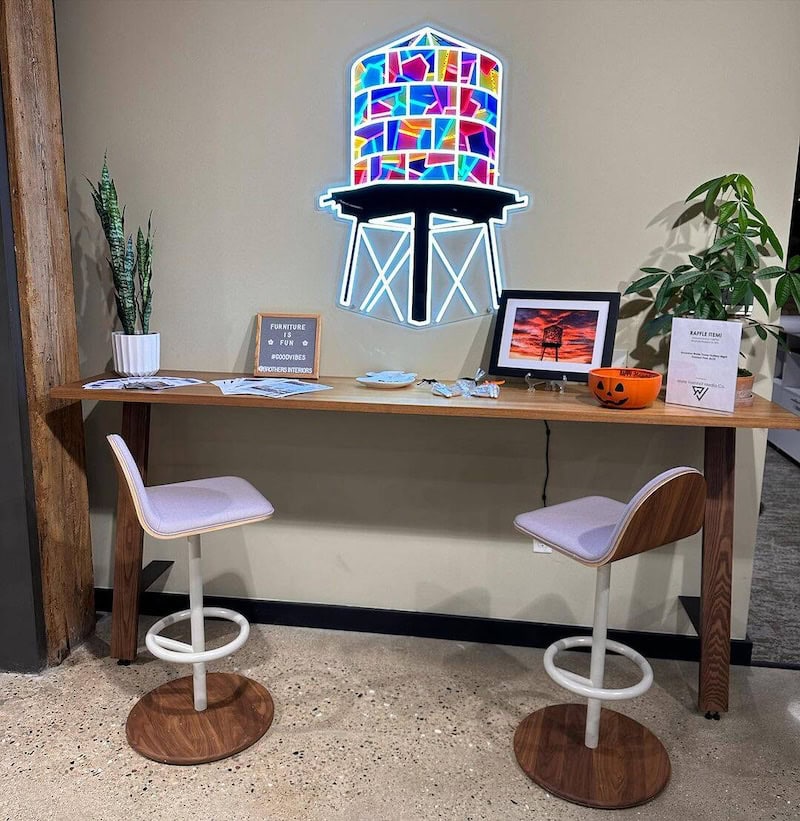
Advantages for Decor and Business
Flexible LED neon has several important advantages that make it a preferred choice for many businesses and designers. First, it is highly durable. These materials resist breakage and can handle environmental factors like moisture and temperature changes. This durability makes flexible LED neon suitable for both indoor and outdoor use.
Another significant advantage is its energy efficiency. Thie low energy consumption leads to reduced electricity costs, making it a smart choice for businesses.
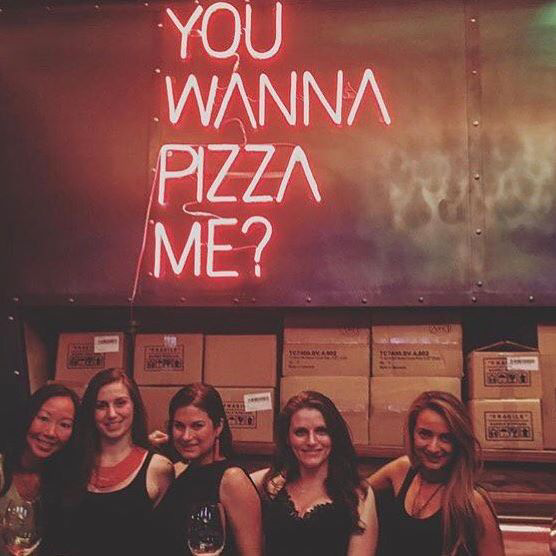
Technical Aspects and Differences with Traditional Neon
The main difference between flexible LED neon and traditional glass neon lies in how they are made. Flexible LED neon contains LED elements inside a protective polymer casing. This design makes it safer and more resistant to damage than classic neon, which has gas under high pressure. The polymer casing protects the LED elements from physical impacts and environmental conditions, ensuring consistent performance over time.
lexible LED neon is also easy to install and use. Its lightweight nature allows for simple mounting and setup, even in places where traditional neon cannot go. This ease of installation is a significant advantage for designers and businesses looking to implement lighting solutions quickly and efficiently. However, it is important to note that flexible LED neon may not be as bright as classic neon and has some limits in color options. Despite these limits, modern designs are always improving to overcome these challenges, and many users find the benefits far outweigh any drawbacks.
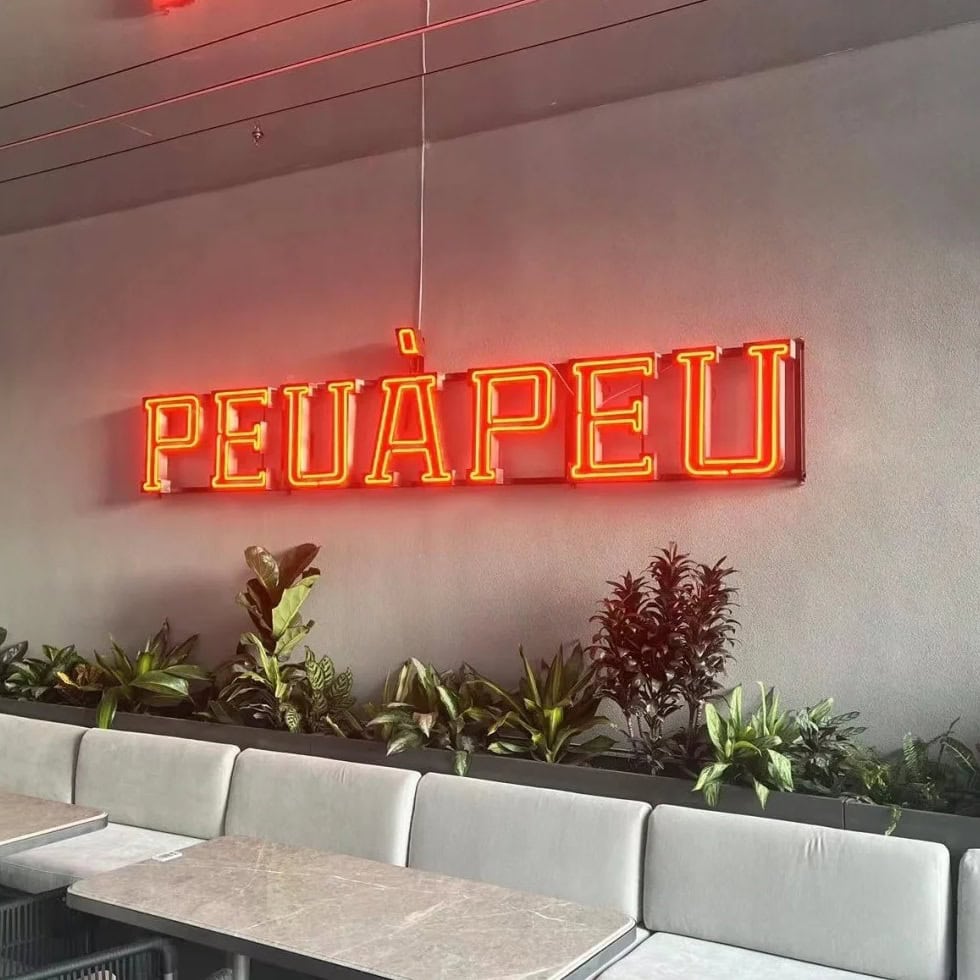
Application of LED Neon in Various Spheres
Flexible LED neon is widely used across many fields. It decorates commercial spaces such as stores, cafes, and offices. In these environments, it serves not only as a functional lighting solution but also as a design element that enhances the overall look. The vibrant colors and unique shapes of LED neon can transform ordinary spaces into visually stunning environments.
Event decoration is another area where flexible LED neon shines. It is commonly used for concerts, exhibitions, and weddings. Event planners use LED neon to create memorable backdrops and focal points that enhance the atmosphere. The ability to customize shapes and colors allows for endless creative possibilities, making each event unique.
City lighting also benefits from the use of flexible LED neon. Urban planners and designers incorporate it into public spaces, parks, and streets. The bright, colorful lights can create a lively atmosphere, attracting people to these areas and encouraging social interaction. As cities look for ways to improve their nighttime environments, flexible LED neon is becoming an increasingly popular choice.
Conclusions and Perspectives
Flexible LED neon is one of the most promising materials in lighting design and decoration today. Its success comes from its practicality, versatility, and ability to support a wide range of design ideas. As technology continues to advance, LED neon will likely see even more uses across various industries. It will maintain its leading role in decorative and commercial lighting, thanks to its unique qualities.
In the near future, we can expect new and improved versions of this material, which will expand design possibilities and enhance lighting solutions in art and business. As designers and artists continue to explore the potential of flexible LED neon, we will likely see even more innovative applications that push the boundaries of creativity and functionality. This evolution will not only shape the future of lighting design but also contribute to a more vibrant and visually engaging world.
